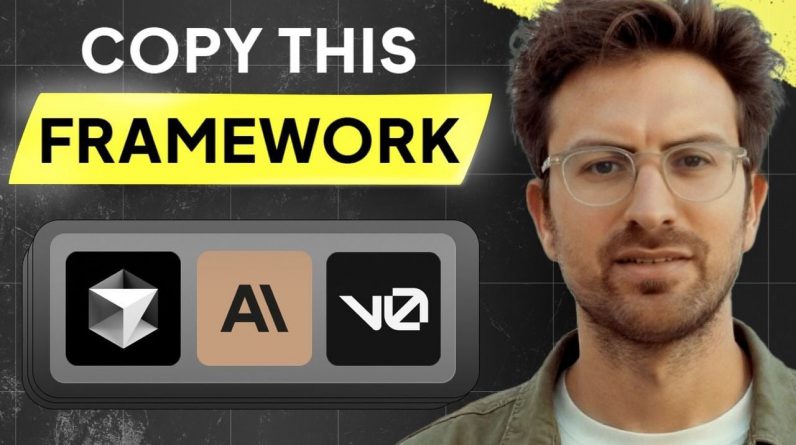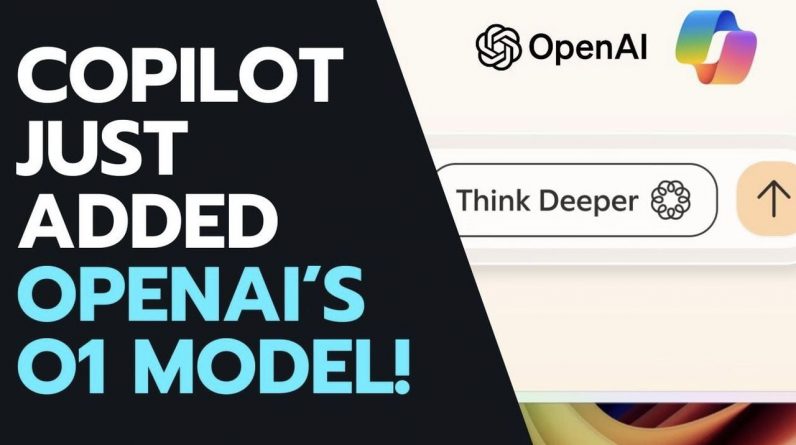
If you are interested in learning how you can use the latest large language model released by OpenAI in the form of ChatGPT-4o to train smaller AI models capable of running directly on devices. You are sure to be interested in this quick overview tutorial created by Edge Impulse. The demand for efficient and optimized AI models has never been greater. As we push the boundaries of what’s possible with AI, the need to deploy these models on edge devices becomes increasingly critical. Enter GPT-4o, a powerful large language model (LLM) that holds the key to unlocking the potential of edge AI.
Large language models, like OpenAI’s GPT-4o, have revolutionized the field of AI with their remarkable capabilities. These models excel in:
- Multimodal understanding: Processing and interpreting text, images, and audio with ease
- Natural language interaction: Enabling sophisticated and intuitive communication between humans and machines
- Zero-shot learning: Adapting to new tasks without extensive task-specific training
The versatility and adaptability of LLMs make them indispensable tools in the AI toolkit. However, their immense size and complexity present significant challenges when it comes to edge deployment.
Knowledge Distillation: The Key to Efficient Edge AI
While LLMs like GPT-4o are incredibly powerful, their sheer size and computational requirements pose obstacles for edge deployment. These models often comprise hundreds of billions of parameters, resulting in high latency and expensive cloud-based processing. For real-time applications and edge deployment, where low latency and cost efficiency are paramount, these factors render LLMs impractical.
Edge deployment demands AI models that can operate efficiently on devices with limited resources, such as mobile phones and microcontrollers. These models must deliver real-time performance while minimizing latency and computational costs. So, how can we bridge the gap between the capabilities of LLMs and the requirements of edge AI?
The solution lies in a technique called knowledge distillation. By leveraging the vast knowledge embedded in large models like GPT-4o, we can train smaller, more efficient models that are tailored for edge deployment. This process involves transferring the knowledge from the LLM to a compact model, effectively distilling the essence of the larger model into a more streamlined version.
Consider an example project where the goal is to identify children’s toys in images using AI. Instead of directly deploying a massive LLM on edge devices, we can use GPT-4o to label and annotate a dataset of toy images. This labeled data serves as the foundation for training a smaller, specialized model that can efficiently recognize toys on edge devices.
Putting Knowledge Distillation into Practice
To implement knowledge distillation and create efficient edge AI models, we can follow these key steps:
- Data Labeling: Utilize LLMs like GPT-4o to label and annotate video data, providing a rich dataset for training smaller models.
- Model Training: Train compact models using the labeled data, leveraging transfer learning techniques to enhance performance.
- Edge Testing: Rigorously test the trained models on various edge devices, such as Raspberry Pi and microcontrollers, to ensure optimal performance and efficiency.
By following this approach, we can create specialized models with significantly fewer parameters, making them ideally suited for edge deployment. These models can deliver real-time performance on resource-constrained devices, opening up a world of possibilities for AI-powered applications.
Here are some other articles you may find of interest on the subject of artificial intelligence and OpenAI’s latest ChatGPT-4o Omni :
Empowering Edge AI with the Right Tools and Techniques
To successfully implement knowledge distillation and create efficient edge AI models, leveraging the right tools and techniques is crucial. Some essential tools and techniques include:
- Data Clustering and Visualization: Gain insights into the structure and patterns within the data, facilitating effective model training.
- Transfer Learning: Harness the power of pre-trained networks to accelerate the training process and improve model performance.
- Edge Deployment: Optimize models for deployment on mobile and microcontroller platforms, ensuring seamless integration and efficient execution.
By combining these tools and techniques with the knowledge distillation approach, we can unlock the full potential of edge AI and create models that are both powerful and efficient.
Potential of Edge AI
The possibilities for edge AI are truly limitless. By harnessing the knowledge of large language models like GPT-4o and distilling it into compact, specialized models, we can bring the power of AI to a wide range of edge devices and applications. From smart home devices to industrial IoT sensors, edge AI has the potential to revolutionize industries and transform the way we interact with technology.
Imagine a future where AI-powered devices can seamlessly understand and respond to our needs in real-time, without relying on cloud-based processing. By leveraging knowledge distillation and creating efficient edge AI models, we can make this vision a reality.
The journey towards efficient edge AI is an exciting one, filled with challenges and opportunities. By embracing the power of large language models like GPT-4o and applying innovative techniques like knowledge distillation, we can push the boundaries of what’s possible with AI on edge devices. The future of edge AI is bright, and with the right approach, we can unlock its full potential and create a smarter, more connected world.
Video Credit: Edge Impulse
Filed Under: Guides
Latest Geeky Gadgets Deals
If you buy something through one of these links, Geeky Gadgets may earn an affiliate commission. Learn about our Disclosure Policy.
Originally Appeared Here








